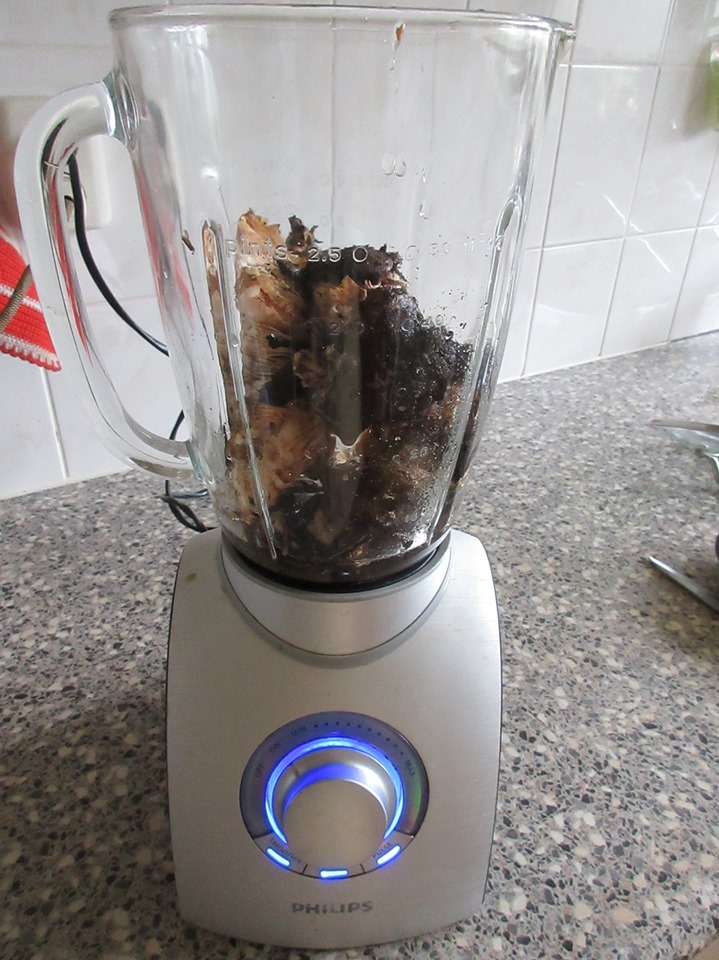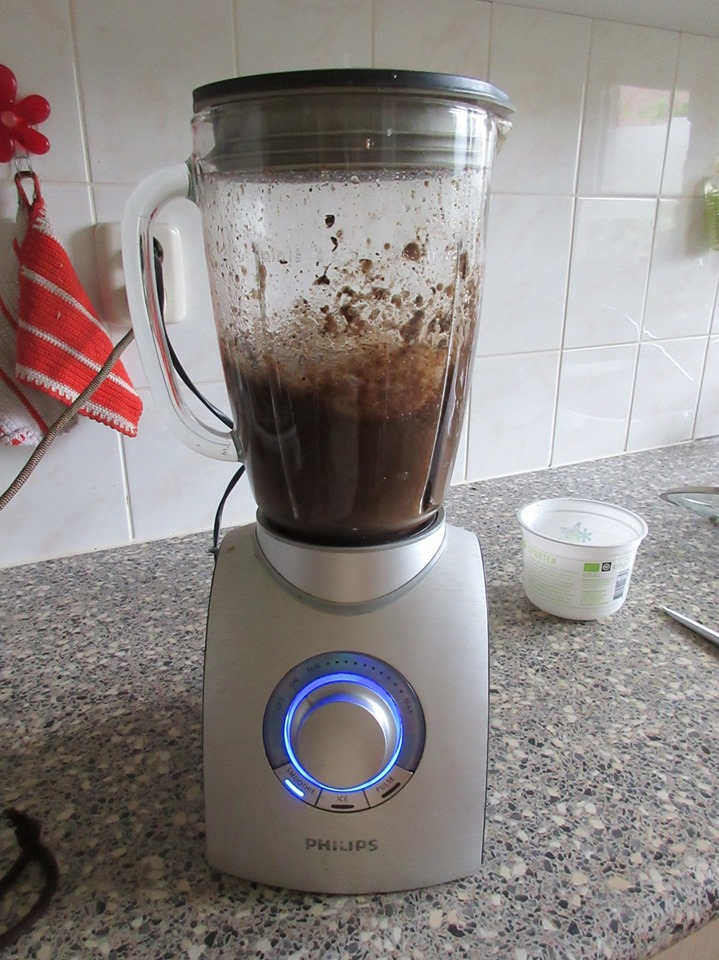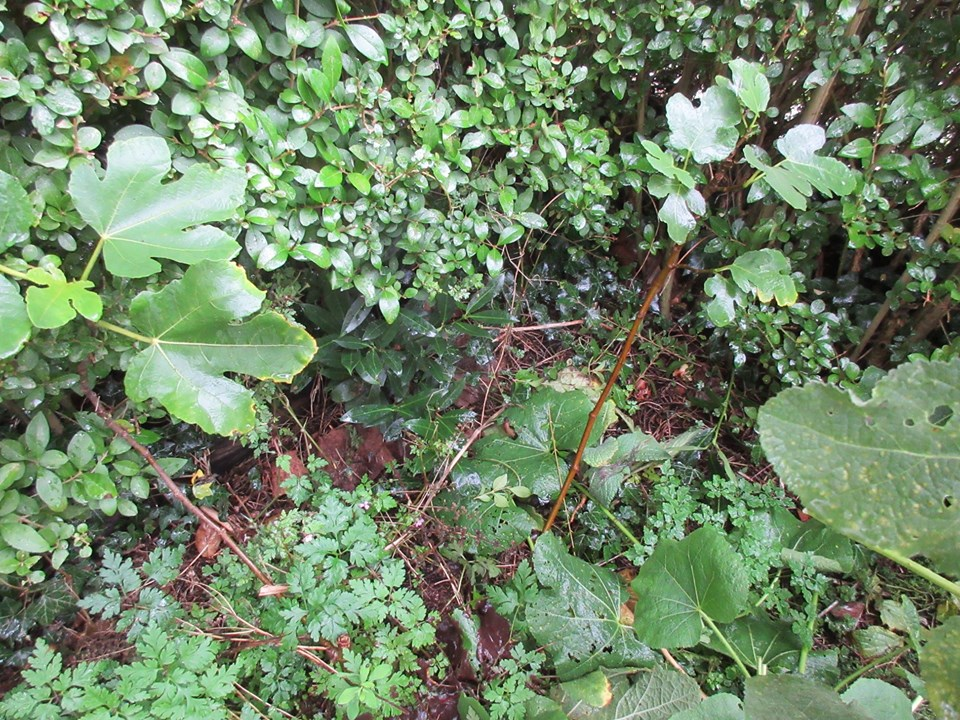

 1
1




Bryant RedHawk wrote:
Marty Mitchell wrote:Last thread Hijack Post I promise!
Here is a record chart of the Earth's atmo carbon over just the last 800,000 years. It is proving hard to find a chart that goes further back for you when the Earth was warmer. It was Many Times higher than today.
You may notice that each of the spikes in the chart coincides with the warming periods of this ice age... about once every 100k years. Even though it is cooler right now than previous warming cycles the atmo carbon is going higher.
https://en.wikipedia.org/wiki/Carbon_dioxide_in_Earth%27s_atmosphere#/media/File:Temperature-change-and-carbon-dioxide-change-measured-from-the-EPICA-Dome-C-ice-core-in-Antarctica-v2.jpg
Here is a link to a study performed by NASA. Pinpointing the regions of earth producing the most carbon into the atmosphere...
https://www.nasa.gov/press-release/nasa-pinpoints-cause-of-earth-s-recent-record-carbon-dioxide-spike
Wouldn't it be "the last ice age"? Since we are not in nor have we been in any type of ice age for almost 200 years.
Also you might want to look at how many species go extinct when the base temperatures rise above 85 c.
Chasing that dream and enjoying every minute of it!
(Usually)




Bryant RedHawk wrote:If you can get out into the "wilder" portions of the Netherlands you might be able to gather up some soil samples from tree root areas, those will have mycorrhizae that you can either grow more of or simply dig small holes in your fig root zone and drop in the soil samples you acquired.
You can even simply gather wild growing mushrooms, make a slurry and poke holes down in the fig's root zone and make the addition that way.
Let me know via PM if I can be of further help in this.
Redhawk
"Also, just as you want men to do to you, do the same way to them" (Luke 6:31)
 4
4




 2
2




 1
1




Other people may reject you but if you lie in the forest floor for long enough the moss and fungi will accept you as one of their own!
 6
6




 1
1










 3
3




Dennis Bangham wrote:Inge, After a rain and change of weather (cool to warm or warm to cool) go out into the natural forested areas and look around for the mushrooms. You may find a lot more out there when you really focus on looking around trees, bushes and areas where the water runs (washouts we call them) to the river. Pick all you can find since the mushrooms are just the fruit and you cannot harm the mycelium that is buried in the soil or wood. Think of a mushroom like an apple, harvest all you want, the tree will grow more when it is ready.



"Also, just as you want men to do to you, do the same way to them" (Luke 6:31)












 2
2




Chasing that dream and enjoying every minute of it!
(Usually)




Tj Jefferson wrote:My experience with figs in central VA- they die back if you get a hard winter, cultivar independent. The rest seems more to be about how likely they are to fruit after regrowth.
Protection helps. My protected figs after a mild winter put out hundreds of figs after three years, the unprotected ones maybe 1/4.
VdB has been a dud here, even protected. It does not seem to produce after dying back in this climate. I have gotten one fig in three years. Brown Turkey has been fine, I have one unnamed (probably Celeste) that has been outstanding. The flavor of Brown Turkey is more than adequate for me.
The LSU gold and purple are two years old and have not set fruit. They died even in a mild winter back to the ground. I am thinking of pruning them to try to thicken the primary stems to get them to harden off better but I am not sure when to do it. Maybe Dr Redhawk has some guidance.
I have shifted from getting a whole bunch of cool named cultivars to just going for numbers, since they tend to produce a handful of figs after a bad winter.
The biggest thing here has been to amend HEAVILY with calcium near the figs, the fruit initially would not mature and just sit as green golf balls for months. Now they ripen over the last 3 months of summer and fall.
You have to be tough or dumb - and if you're dumb enough, you don't have to be so tough...












 1
1




Chasing that dream and enjoying every minute of it!
(Usually)
 5
5




















Chasing that dream and enjoying every minute of it!
(Usually)




 1
1




I'm not a fig expert, and I'm working off a rather different zone (5a) that requires figs to be protected from the winter (I used containers brought into the garage), but if you don't get a satisfactory reply here, try ourfigs.com, lots of experienced hobbyists there (a few professional growers too I think).L Floden wrote:Do you have recommendations for figs that do well espaliered but in ground in zone 7b? I have a south facing wall at the back of my (concrete block) garage that is well protected from N and W winds. It's 10 feet from my guesthouse but gets good sun >8 hrs a day. Brown Turkey variety is common in the nurseries near me.
















Chasing that dream and enjoying every minute of it!
(Usually)

|
This tiny ad is guaranteed to be gluten free.
The new kickstarter is now live!
https://www.kickstarter.com/projects/paulwheaton/garden-cards
|






